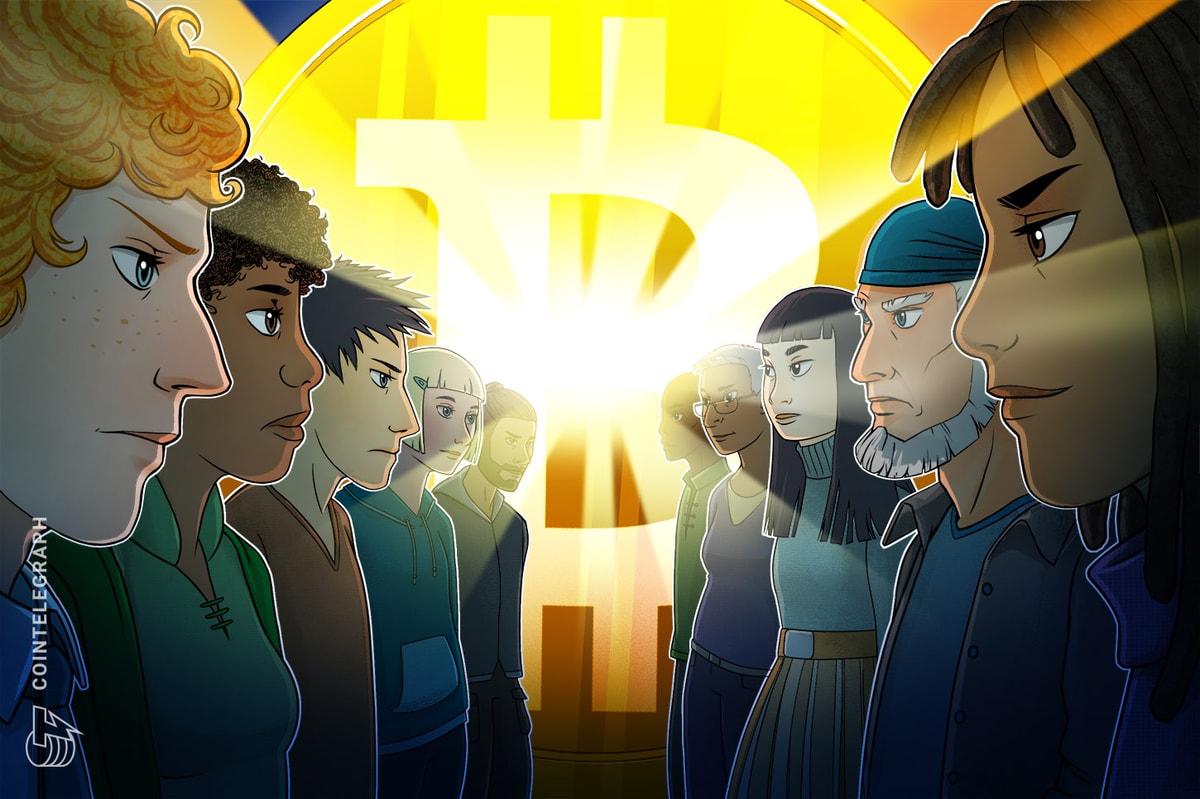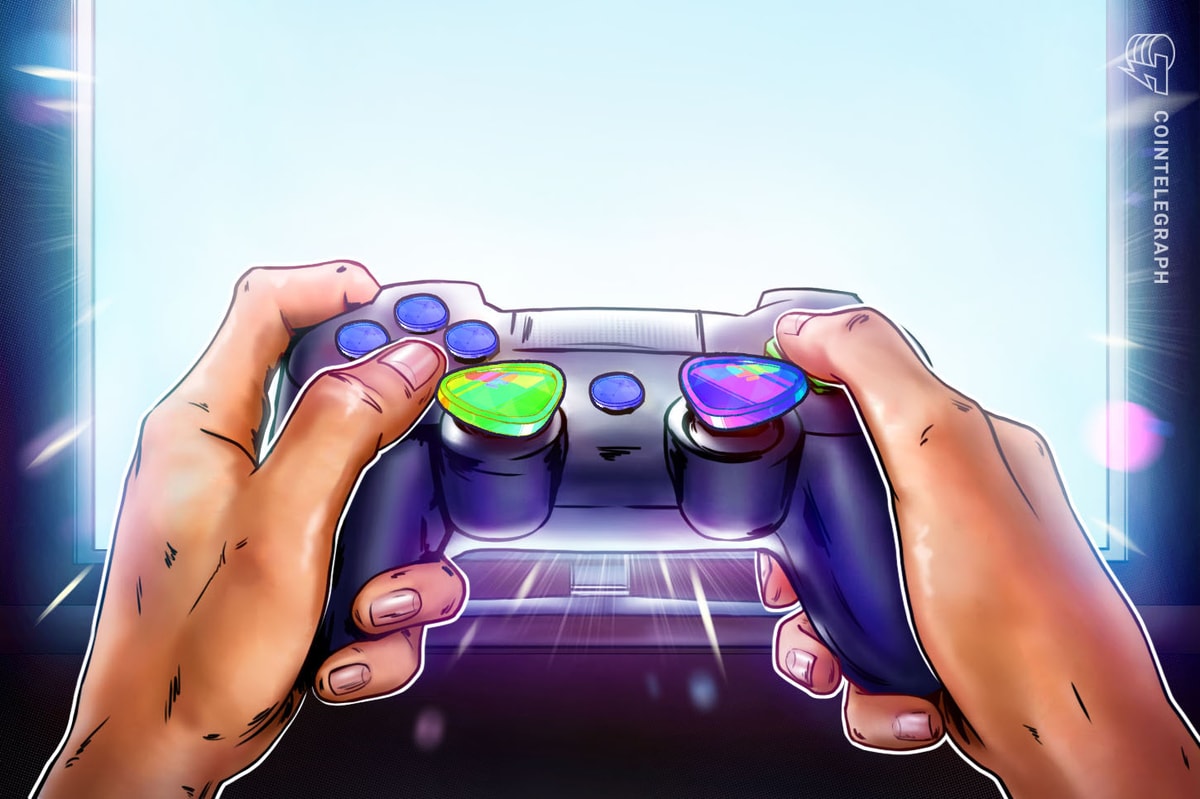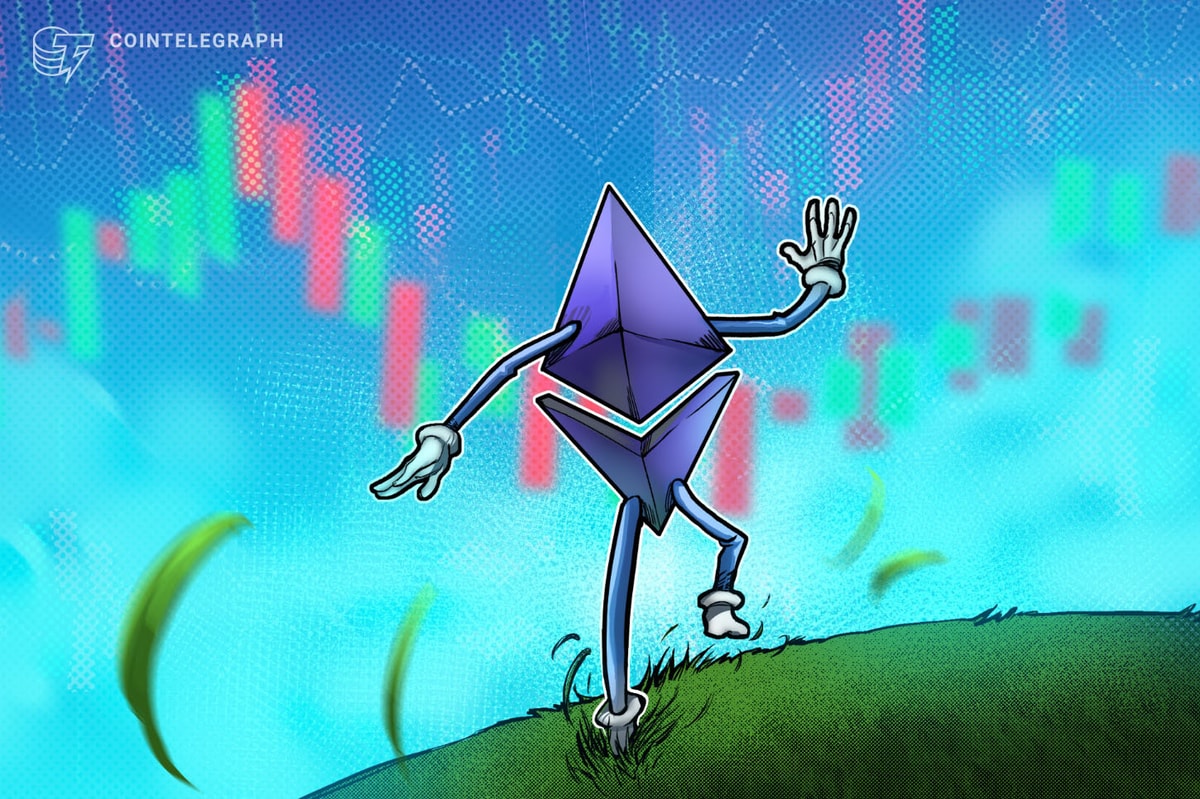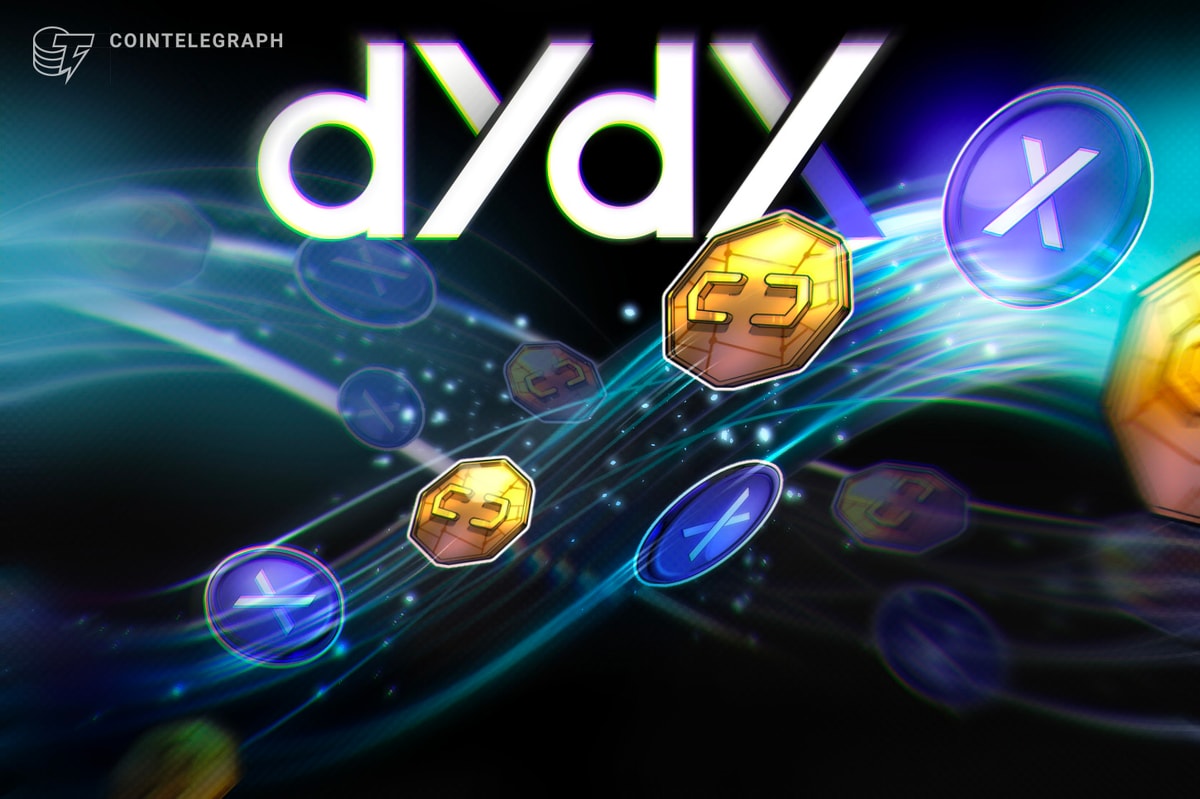Blockchain has evolved significantly since its founding in 2008. However, with so many new developments, many forget that blockchain at its core is still a new technology and, as such, has a few limitations. Looking more specifically at Ethereum (ETH), the most popular blockchain for smart contracts, transactions have typically taken a long time to clear, in addition to being costly as transactions add up. Together, these symptoms have resulted in a larger and more generalized scalability problem, a bottleneck resulting from each node in the network needing to process a given transaction.
The solution, in part, is said to be sharding, an upgrade that will improve the capability by distributing the network’s load across 64 new chains. Alongside Ethereum 2.0 are several other solutions looking to rise to the challenge; the only caveat is that these offerings are limited in scope and are not cost-effective.
Cudos is addressing this market as a decentralized cloud computing network that acts as one of the first in the world to run nonfungible tokens (NFTs) on the Cosmos network. In practice, users will be able to bypass the requirement to set up a new smart contract for each NFT while minting, approving and transferring them directly on their accounts.
The scalable network is designed to generate value for all participants, helping to unlock new functionality by using off-chain data and computation at competitive costs while utilizing spare computing in the future of a decentralized, sustainable and connected world.
The launch of a successful testnet
Last year, the team launched the first phase of their incentivized testnet, Project Artemis, which focused on several starter tasks to help onboard validators and developers and collect feedback to continue growing their community. Cudos has since reported that over 22,000 developers expressed interest, giving Cudos many valuable insights for improving and evolving their network, all of which will be used to prepare for the mainnet launch in February.
Following phase one, Apollo, the Cudos team remained hard at work on the next phase, Buzz, which will go beyond basic commands, instead exploring developer functional testing related to smart contracts. Furthermore, the phase two release will allow participants to try out the Gravity Bridge, a method for moving assets from the Cudos Network to Ethereum while ensuring that validators maintain the testnet by keeping their nodes fully operational. The team, now entering phase four of their testnet, shares that this may be the last opportunity for users to join and participate in their token migration.
When complete, the entire solution presented by Cudos will be comprised of a layer-one blockchain and layer-two oracle network, which will enable scaling to 100,000s of nodes, which, in turn, will be bridged onto chains including Ethereum, Polkadot (DOT), Algorand (ALGO) and Cosmos (ATOM).
A powerful ecosystem
In recognition of their progress so far, Matt Hawkins, the founder and CEO of Cudos shares,
“We are all working hard in the run-up to our mainnet launch after months of tireless work from the team during the testnet phases. We’ve used this time to collect the much-needed feedback from the 22,000 developers interested in our work and expand our ecosystem with some high-impact partnerships.”
To date, this has included the GPU manufacturer Advanced Micro Devices (AMD), alongside ClimateTrade, a blockchain-based carbon credits company, which will help the team offset their carbon output. The result is that by continuing to work alongside these strategic partnerships in their ecosystem, Cudos can position themselves as the network of choice for developers seeking a cheaper, faster and more sustainable solution to Ethereum.
Inspiring vision
Cudos has continued to operate with a focus on sustainability, already operating in a manner that is two million times more energy-efficient than Ethereum. This vision is made possible through a partnership with Tingo to tackle the poverty premium and empower people and organizations with a sustainable solution as outlined in their project’s vision. Their next steps will then include positioning themselves as the go-to resource for powering the metaverse and the NFTs that build it.
Disclaimer. Cointelegraph does not endorse any content or product on this page. While we aim at providing you with all important information that we could obtain, readers should do their own research before taking any actions related to the company and carry full responsibility for their decisions, nor can this article be considered as investment advice.










